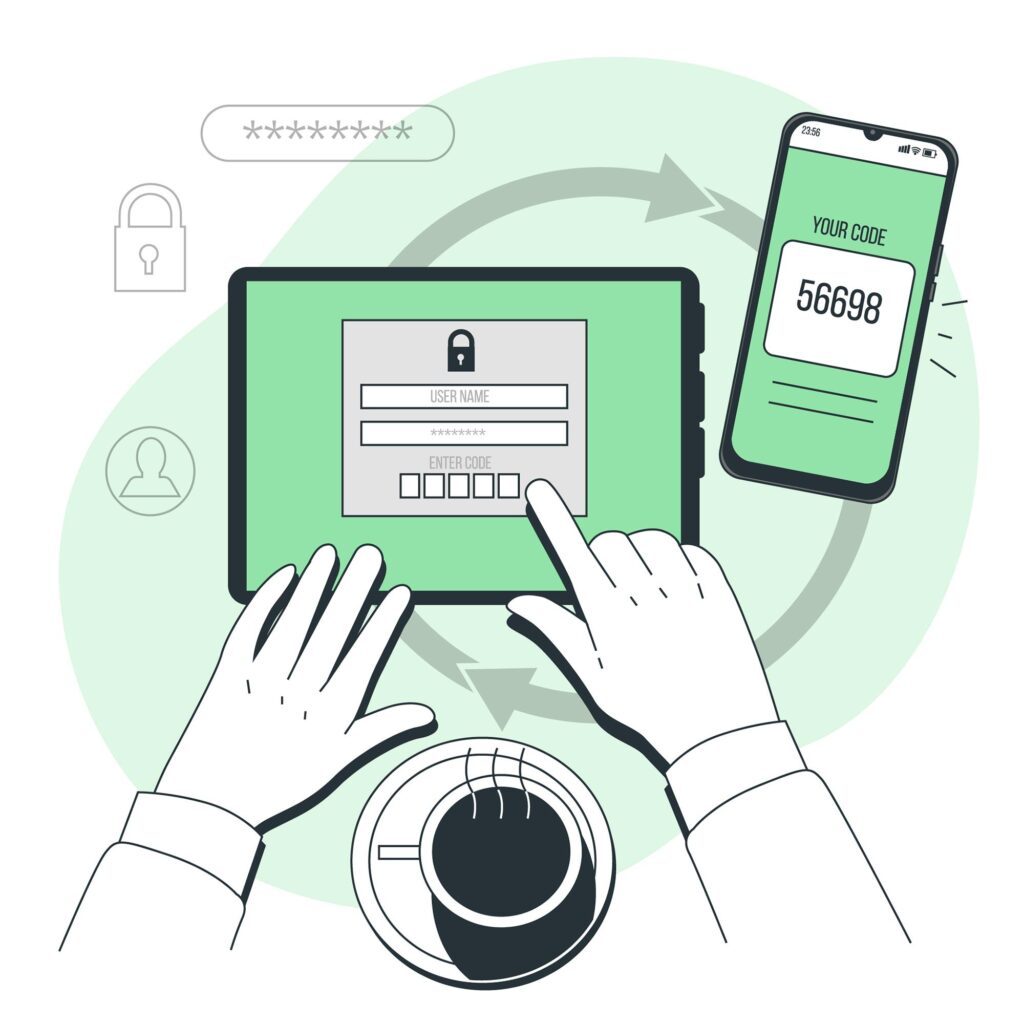Stay safe!
How to Protect Your Account
Involved in a Data Breach? Here’s How to Act Smart — and Fast
It can be a shock: your email address or password has shown up in a data breach. But you're not alone — millions of people have experienced this. The good news? You can take action today to prevent further damage.
A data breach usually means that your information — such as passwords, usernames, or even personal details — has fallen into the wrong hands. This doesn’t necessarily mean you’ve been hacked, but it does increase your risk of misuse, identity theft, and targeted phishing attacks.
That’s why it’s important to take your online safety seriously — right now. Start by changing your passwords, enable two-factor authentication, and consider using a password manager. Also think about using a VPN (Virtual Private Network) it encrypts your internet traffic and helps prevent tracking by hackers, ad networks, or curious third parties. Especially after a breach, this is a smart move.
Below, you’ll find practical steps you can take today to strengthen your digital security — simple, effective, and no tech knowledge required.
1. Change Your Passwords — and Never Reuse Them Again
Als je hetzelfde wachtwoord op meerdere websites gebruikt, is het nu tijd om dat te stoppen. Begin bij belangrijke accounts zoals je e-mail, bank en sociale media. Gebruik voor elk account een uniek wachtwoord.
💡 Do you already use a password manager? Here are two free options:
🔐 Google Password Manager
Built into Chrome and Android. Easy to use, but only works well within the Google ecosystem. Less suitable if you use multiple browsers or devices.
🍏 iCloud Keychain (Apple)
Perfect for those who only use Apple devices. Your passwords are automatically filled in and synced through iCloud. Less flexible outside the Apple world.
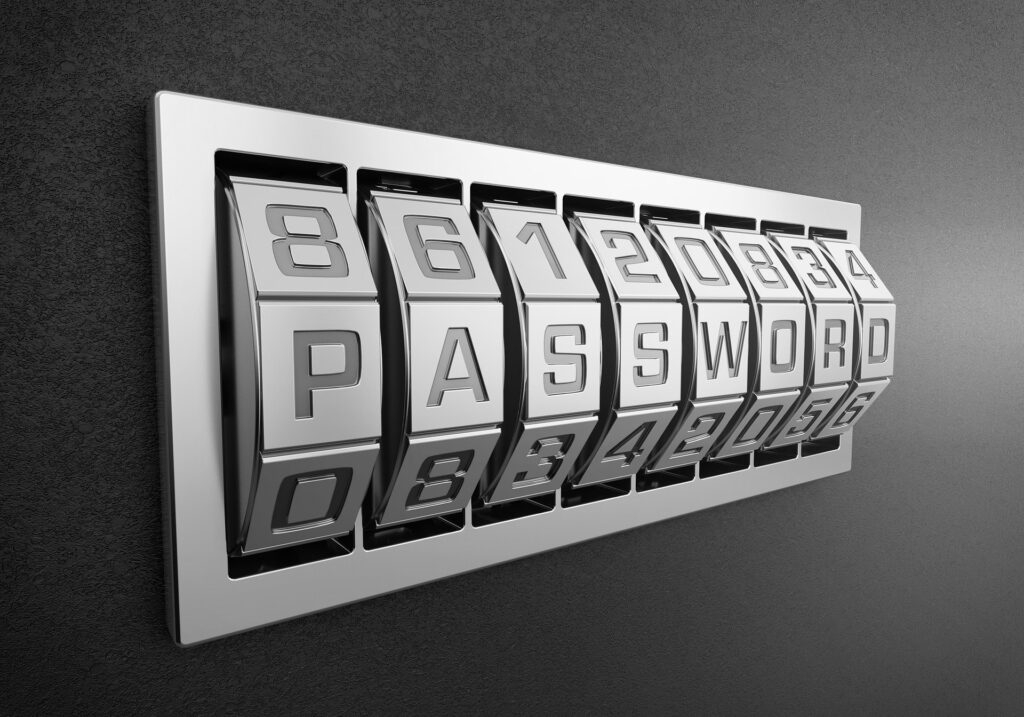
3. Watch Out for Phishing and Suspicious Emails
After a breach, you might receive more spam or phishing emails. Don’t click on links blindly — even if they look like they’re from trusted companies. Always double-check the sender’s email address and contact the company directly if in doubt.
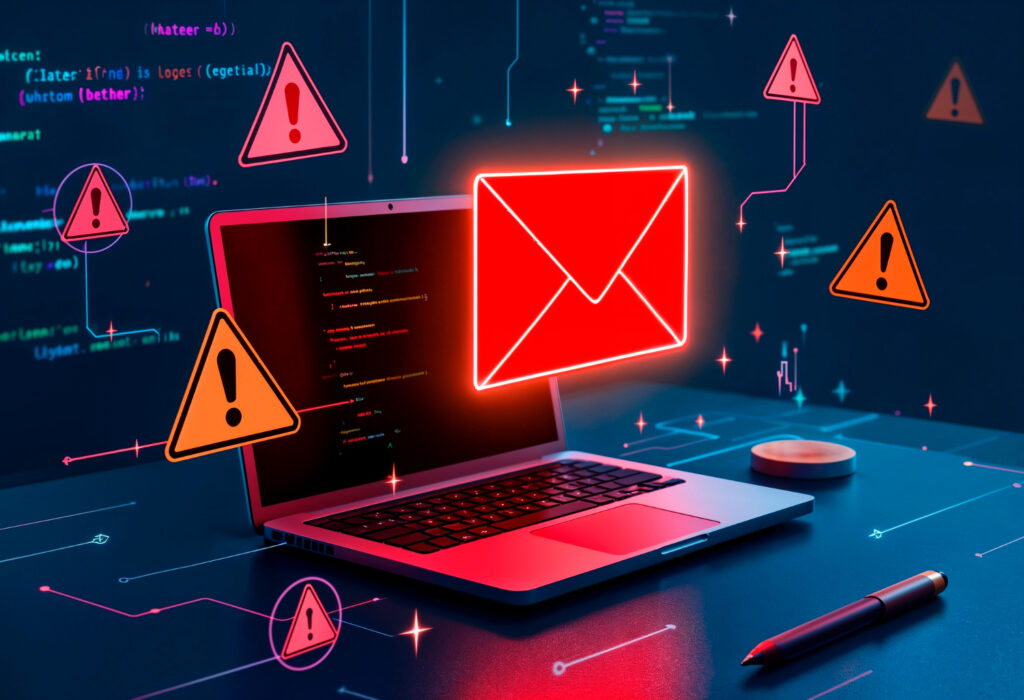
4. Create a Separate Email Address for Less Important Accounts
Use one email address for important matters (like banking) and another for newsletters, webshops, or apps. It helps you stay organized and reduces your risk if there’s a future breach. Consider using a more anonymous email address for added privacy.
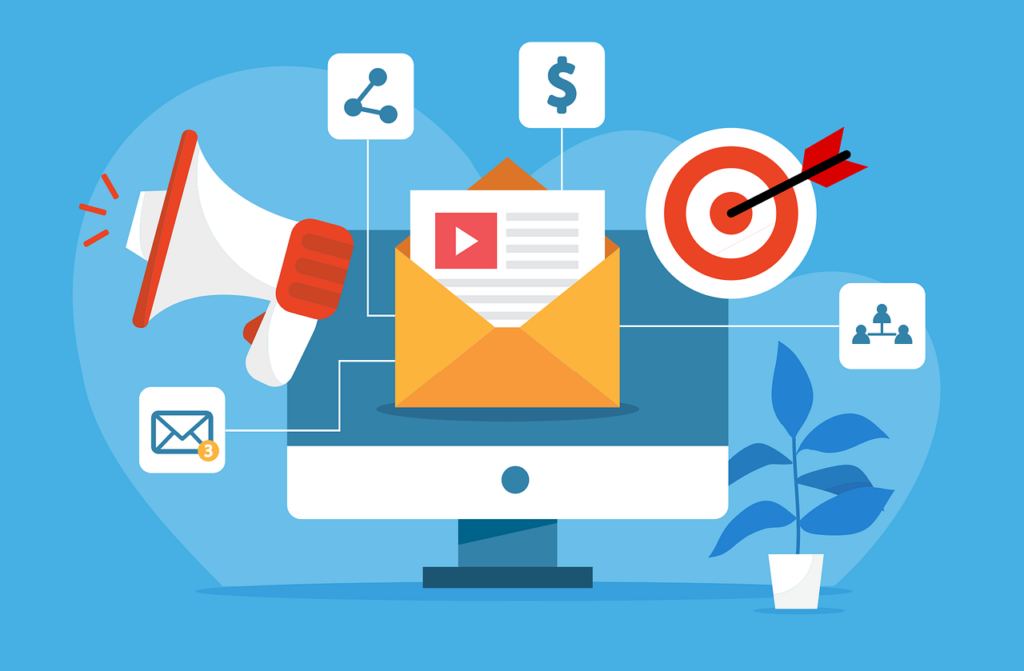
5. Use a VPN for Secure and Private Connections
A VPN hides your IP address and encrypts your internet traffic, keeping hackers, trackers, and even your internet provider from seeing what you do online. It’s especially useful on public Wi-Fi or if you want to reduce your digital footprint. View My Recommended VPN Services
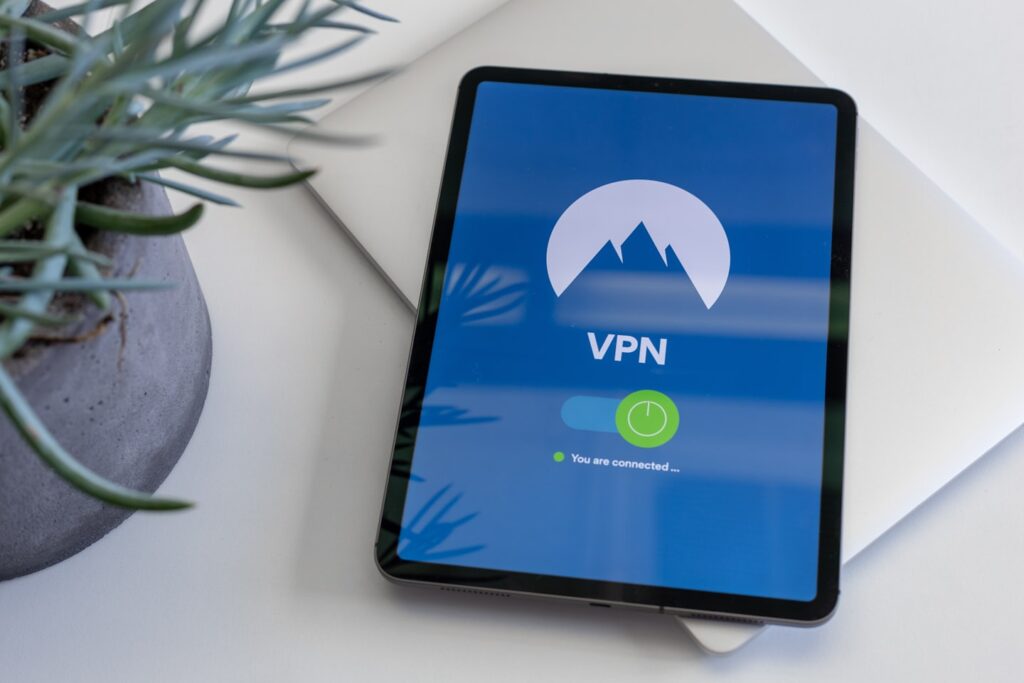
6. Regularly Check if Your Data Has Been Leaked Again
Use trusted tools like Have I Been Pwned to check every few months if your email address shows up in new data breaches. This way, you stay informed about new risks and can act quickly when needed.


